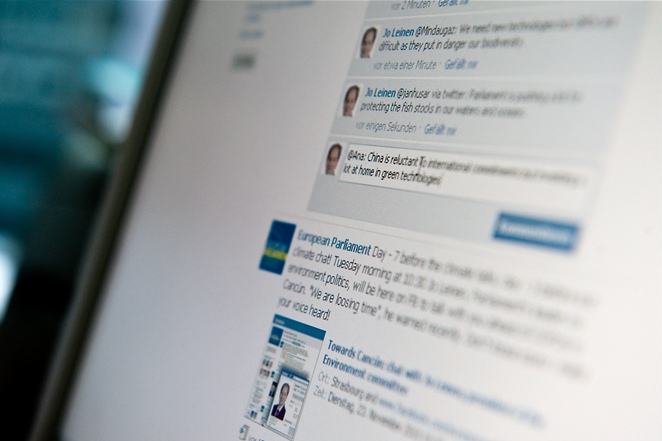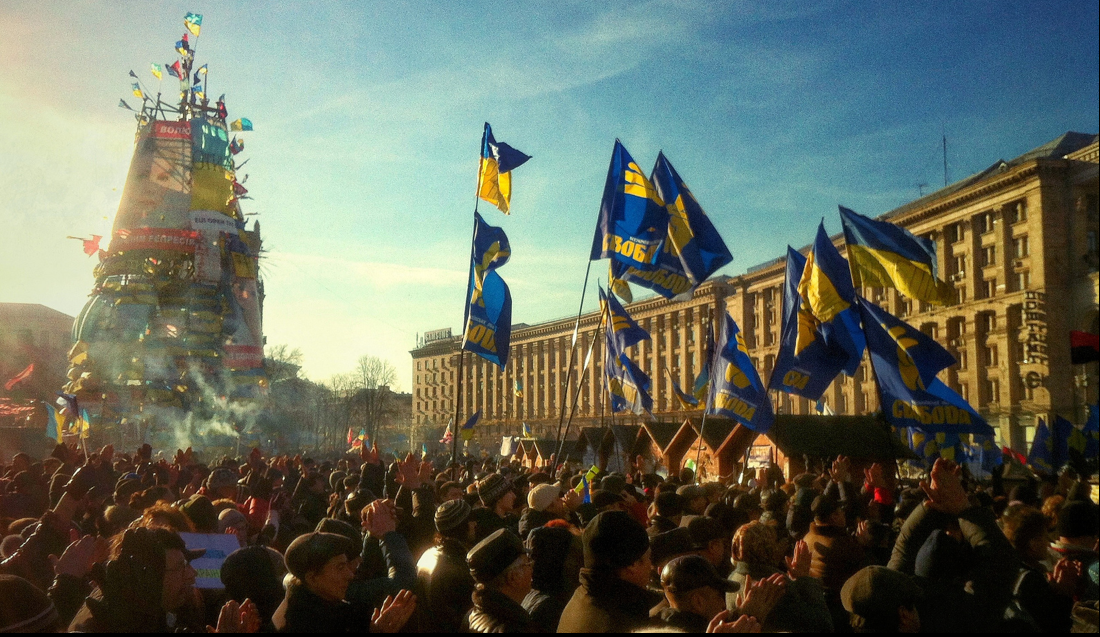Neue Zürcher Zeitung, April 29, 2005
An analysis of the Italian business paper
It’s a unique success story – and not only in Italy, for Il Sole 24 Ore has become Europe’s largest business paper, outclassing even the Financial Times. The Milan-based paper, created some 40 years ago as the result of the fusion of two business titles with its sale of 380,000 copies daily has become Italy’s number three, right after Corriere della Sera and La Repubblica. Whereas in Germany the boom of the New Economy resulted in the launch of a large number of new business and financial titles, in Italy it was mainly one publication, Il Sole 24 Ore, which could benefit from a surge in interest in the economy and related topics.
Between political poles
The paper is also widely regarded as the most politically independent publication of the country. Granted, this statement is to be taken with a pinch of salt given the fact that its owner is Confindustria, the association of Italian industrialists. But it also rings true if one looks at its competitor newspapers and TV channels, most of which are all too much engaged in what TV journalist Enrico Mentana once chastised as “bi-regime”, i.e. the open support for either the right-wing coalition under [former prime minister] Berlusconi or its left-wing counterpart, led by Prodi. While Il Sole 24 Ore clearly is pro-business and thus unlikely to be accused of any leftist tendencies, its owners and supporters – a selection of Italy’s more tradition-oriented industrialists – have always kept a critical distance from Berlusconi, the nouveau riche upstart and populist, keeping the paper from ever aligning itself with the Berlusconi government.
In an article published in 2004 in the trade journal Problemi dell’Informazione*, Italian journalist Cristiano Draghi looks back at the last 10 years – as part of a series on Italy’s largest publishing groups – and explains why Il Sole 24 Ore is “a publishing phenomenon without parallel, in Italy as well as in the rest of the world”. One of its strengths, according to Draghi, lies in its multimedia approach. While the group’s core business remains the daily business paper, it has successfully expanded into the market of weekly and monthly publications, has launched its own Internet portal and press agency, and is operating a radio station. It is also active in the areas of television and book publishing.
Draghi goes on to emphasise that aside from this diversification, the paper’s “outstanding marketing strategy” has contributed substantially to its success, allowing it to reach a more diverse audience than that of traditional business publications. To achieve this, the paper has systematically widened its journalistic focus and included more general-interest topics. Perhaps that’s why Il Sole 24 Ore is Italy’s only paper that can boast a substantial number of subscribers, while all other papers are distributed exclusively through the country’s large network of newstands. Recently, the paper further diversified by launching a number of regional editions and took steps to keep readers happy. The fact that the ownership structure of the group has always facilitated re-investment of a large part of the group’s profits has further added to the paper’s success.
Winning the battle for journalistic independence
This success has, in turn, enabled its editorial staff to achieve a degree of journalistic independence that is the envy of most other journalists in the country. A striking proof for this independence is the appointment of Ferruccio De Bortoli as the paper’s new editor-in-chief – none other than the man who had to leave the same post at the country’s largest and most respected paper, Corriere della Sera, as a result of pressure put on by Berlusconi.
Draghi’s look behind the scenes also has the potential to disillusion some of his readers. Quite a large proportion of his analysis is devoted to personnel changes and thus to the haggling and horse-trading over posts “all’Italiana”. The paper’s blissful independence, however, is mainly due to the fact that there is not a single overpowering owner/industrialist who has the final word. The late Gianni Agnelli, former CEO of Fiat, whose business empire not only owned Turin-based paper La Stampa but also controlled, at least indirectly, the Corriere della Sera, is quoted as having predicted that sooner or later Il Sole 24 Ore would become Italy’s largest daily newspaper. And he might be right – if not for any other reason, but for the fact that more than at any other paper in Italy, Il Sole 24 Ore’s editorial staff is working hard at catching up with both the USA and Western Europe in terms of journalistic quality.
* Cristiano Draghi: Dieci anni del «Sole 24 Ore», in: «Problemi dell’Informazione», 3/2004, Il Mulino, Bologna, S. 321-349.
Translation: Oliver Heinemann









































